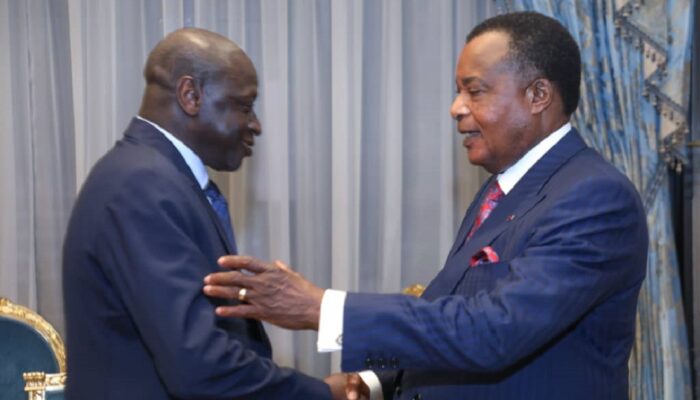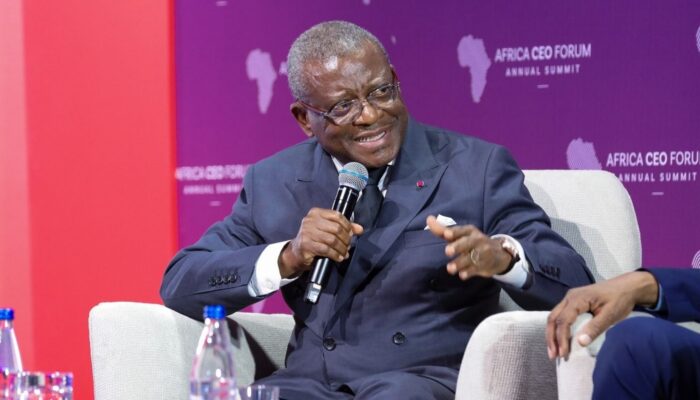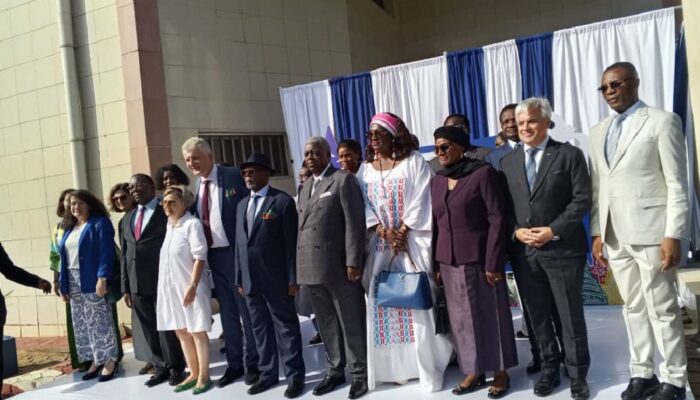According to the draft law n°2074/PJL/AN relating to the finance law of the Republic of Cameroon for the financial year 2025, the fuel subsidy will be set at only 15 billion CFA francs for the next financial year.
From 263 billion CFA francs to 15 billion CFA francs, this downward trend should have adverse effects on the purchasing cost of the population. If the government explains that the 2025 finance law is based not only on the roughing out of common chapters as prescribed by the Cameroonian Head of State, Paul Biya. Besides that, the Government intends to strengthen the dynamics of economic growth, the objective being the improvement of the living conditions of the population, he suggests. It should be noted that Cameroon has constantly been challenged by the Bretton Woods institutions on the subject of subsidizing petroleum products.

From October 3 to 16, 2024, as part of the 7th review of the Economic and Financial Program supported by the Extended Credit Facility (ECF) and the Extended Credit Mechanism (EDM); the issue of fuel price subsidies was once again raised. Cemile Sancak, IMF envoy, while welcoming the efforts of the Cameroonian government, which has twice raised pump prices, indicated that all the objectives set from the outset have not yet been achieved. “There are several successes of the program. There are also reforms that remain to achieve the overall objectives of the program. Regarding pump prices, the authorities have reduced the majority of the subsidy. So, there have been two increases in pump prices and now the remaining subsidy is much reduced. Indeed, in the program, we defined the elimination of subsidies,” she specified.
A reduction in subsidies by forceps
If the Cameroonian government has long remained reluctant to the idea of the total elimination of subsidies for petroleum products, as wanted by the IMF, Paul Biya’s country will certainly have no other choice than to achieve this given the decreasing curve of the envelope dedicated to supporting prices at the pump. According to official figures, the country spent 1,000 billion CFA francs in 2022 compared to 640 billion CFA francs in 2023 (for a projection of 453.3 billion CFA francs), a decrease of 360 billion CFA francs year-on-year, to support the prices of fuel and domestic gas, while 263 billion CFA francs were invested in 2024. While the Economic and Budgetary Programming Document 2025-2027 projected a subsidy of 80 billion CFA francs in 2025, the finance law under debate in parliament is based on an envelope of 15 billion CFA francs.
Towards a possible increase in prices at the pump
In a context marked by the extension of the Economic and Financial Program supported by the Extended Credit Facility (ECF) and the Extended Credit Mechanism (ECM) until July 2025, the Cameroonian State, failing to completely eliminate the fuel subsidy, will have no other alternative than to proceed with a new increase in pump prices in order not to be asphyxiated. Indeed, if the country intends to benefit from the extension which is accompanied by additional financing of 145.4 million dollars (nearly 89 billion CFA francs), this remains conditional on the implementation of reforms aimed at supporting the private sector, broadening the revenue base and improving the sustainability of public finances.
In this respect, “subsidies are poorly targeted with regard to vulnerable groups, and have a crowding-out effect on priority spending. As an illustration, subsidies on the price of petroleum products represent six times the budget allocated to agriculture, four times that of health and more than three times that of energy and water,” unfortunately notes the World Bank.






